Catch early horror flick “Doctor X” from Warner Archive
- Peggy Earle

- May 6, 2021
- 5 min read
Updated: Jun 24, 2022
BLU-RAY REVIEW / FRAME SHOTS

Six strange murders involving cannibalism have taken place during a full moon and in the vicinity of a medical academy. Who will be next?
(Click an image to scroll the larger versions)
“DOCTOR X” – WARNER ARCHIVE COLLECTION”
Blu-ray; 1932; Not Rated
Best extra: Commentary by Alan K. Rode
IF YOU’RE up for a crazy mishmash of horror, camp, romance and – yup – slapstick comedy, played to the nines against some marvelous Art Deco set design, “Doctor X” is for you.
Michael Curtiz, who went on to direct classics “Captain Blood,” “Casablanca,” “Mildred Pierce,” “White Christmas,” and “Yankee Doodle Dandy,” pulled out all the stops for this 1932 curiosity. Right after “Doctor X,” Curtiz made the more well-known “Mystery of the Wax Museum,” but “X” was the first horror feature to be filmed in Technicolor’s two-strip process. Colors red and green, and their various iterations, give the film a singular style and mood; it's especially effective in the surreal laboratory scenes.
The plot deals with a mystery surrounding a series of gruesome, cannibalistic murders that occur on the streets of New York City. A feisty young newspaper reporter, Lee Taylor (Lee Tracy) is none too happy to be assigned to investigate the crimes, which leads him to the laboratories of one Dr. Xavier (Lionel Atwill). Dr. X runs the morgue that holds all the victims killed in the vicinity.
Two-Strip Technicolor vs. Black & White
“Doctor X” was the first of two Warner Brothers horror films shot in the short-lived two-strip (red & green) Technicolor process. Director Michael Curtiz also filmed “Doctor X” in traditional black & white for smaller U.S. markets and international distribution. Which one do you prefer?
(1&2) “Doctor X” premiered in New York City on August 3, 1932. (3&4) Right, New York newspaper reporter Lee Taylor (Lee Tracy) is confronted by a police detective outside the city morgue after a sixth body was discovered in the serial murders. (4&5) Taylor calls his newspaper editor. (6-10) The sixth body is examined.
With his motley crew of scientists played by Preston Foster, John Wray, Harry Beresford and Arthur Edmund Carewe (all of whom look capable of being deranged killers), Dr. X convinces the local police department to give them a couple of days to solve the murders on their own. Meanwhile, as he sneaks around and climbs buildings to spy on the doctor and his cronies, Taylor cute-meets X’s beautiful daughter Joanne (queen of screams Fay Wray, just before she co-starred with King Kong). The romantic chemistry soars.
With the possibility of the doctor, or almost anyone else in the cast, turning out to be the killer (à la Agatha Christie), the kooky experiments used to discover the culprit are worth the price of admission – as is the climactic reveal which, without delivering a spoiler, involves a lot of gooey “synthetic flesh!”
VIDEO/AUDIO
This Warner Archive Collection Blu-ray is a beautifully restored little gem, bound to be appreciated and enjoyed by film buffs and horror fans alike, and it comes with a generous and worthwhile bunch of extras.
The Blu-ray, sourced from a new 4K scan of the nitrate print, is a testimony to the fabulous restoration job done by UCLA. The look is pristine, with absolutely no flaws, scratches or pops – and displays plenty of detail and depth. Considering the limited color palette, skin tones look surprisingly natural, and all the 1932 state-of-the-art effects quite impressive.
The HD audio is also excellent, with dialogue always sharp and intelligible. Dialogue, sound effects and score are very well-balanced. Optional subtitles are provided.
(1) Taylor hides in the morgue to get his story and is mistaken for a corpse. (2) Dr. X (Lionel Atwill) and his beloved daughter Joanne (Fay Wray). (3) Preston Foster, as Dr. Wells, here checking out a human heart in formaldehyde. (4) Dr. X explains his plan to find the killer to the police detectives. (5) Taylor hides in a spooky closet, resulting in a series of slapstick gags, and plenty of comic relief.
EXTRAS
The bounty of bonus features includes the alternate black and white version of the film, shot at the same time as the color version to save money on foreign distribution. There are many subtle differences between them.
Two enjoyable commentaries are available, one by Rode, and the other by Scott MacQueen, who runs UCLA’s Film and Television Archive. A documentary, “Monsters and Mayhem: The Horror Films of Michael Curtiz,” is a nice overview of the subject, in which both Rode and MacQueen are interviewed. MacQueen also narrates a brief feature comparing before-and-after restoration scenes. A vintage B&W theatrical trailer rounds out this great group of bonuses.
Rode’s commentary is very informative, providing lots of cool trivia about even the minor actors, the producers, and the crew. Most of the players got their start on the theatrical stage. Atwill was a classically-trained British stage actor; Foster had been an opera singer.
Rode marvels over Fay Wray’s career, including the fact that from 1932-33, she performed in 14 (!) movies. Curtiz was disliked by most of the cast, Rode says, due to driving them, sometimes to the point of collapse, so he could make his deadline. He mentions the grueling conditions under which the actors had to work, such as having two arc lights shining all the time to accommodate the color cameras. It was so broiling hot on the sets that Atwill complained his white lab coat became too hot to touch.
In addition, the plot called for several wax figures of murder victims, but they immediately began to melt; live actors were used in their place. When “Dr. X” was filmed, alcohol prohibition was still in place, but characters are seen drinking throughout the movie. Rode notes that everybody knew that law was soon to be repealed. He discusses the reason for the comic and romantic relief in what was considered at the time to be an extremely graphic and shocking film.
“Doctor X” was advertised more as a romantic comedy than a horror film, because the studio didn’t believe the movie-going public would pay to see horror. They were dead wrong. The film proved to be a huge hit, sparking off a string of others in the genre from Warner, including the sequel “The Return of Dr. X.”
— Peggy Earle
(1&2) Live actors were used instead of wax figures of two murder victims, because the hot arc lights on the set melted the wax. (3&4) Harry Beresford as Dr. Duke and Arthur Edmund as Dr. Rowitz. (5) Dr. X in his fabulous Art Deco lab. (6) During Dr. X's experiment, one of the scientists is mysteriously murdered. (7) Taylor sneaks back into Dr. X's mansion.
(1&2) The disguised, deranged killer approaches his victim. (2) Joanne reacts to the attack.


















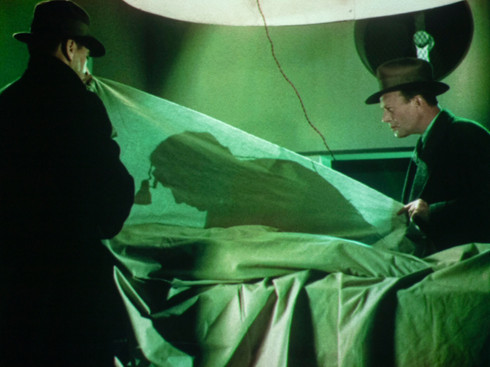
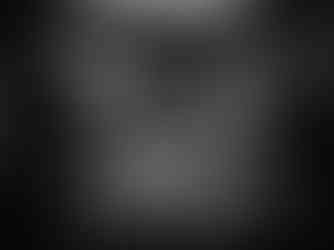

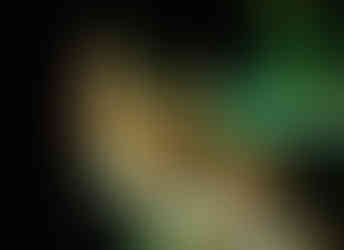
















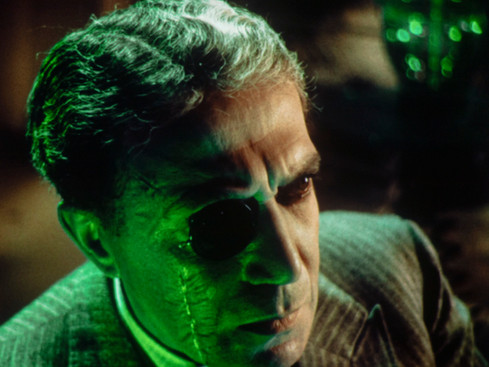



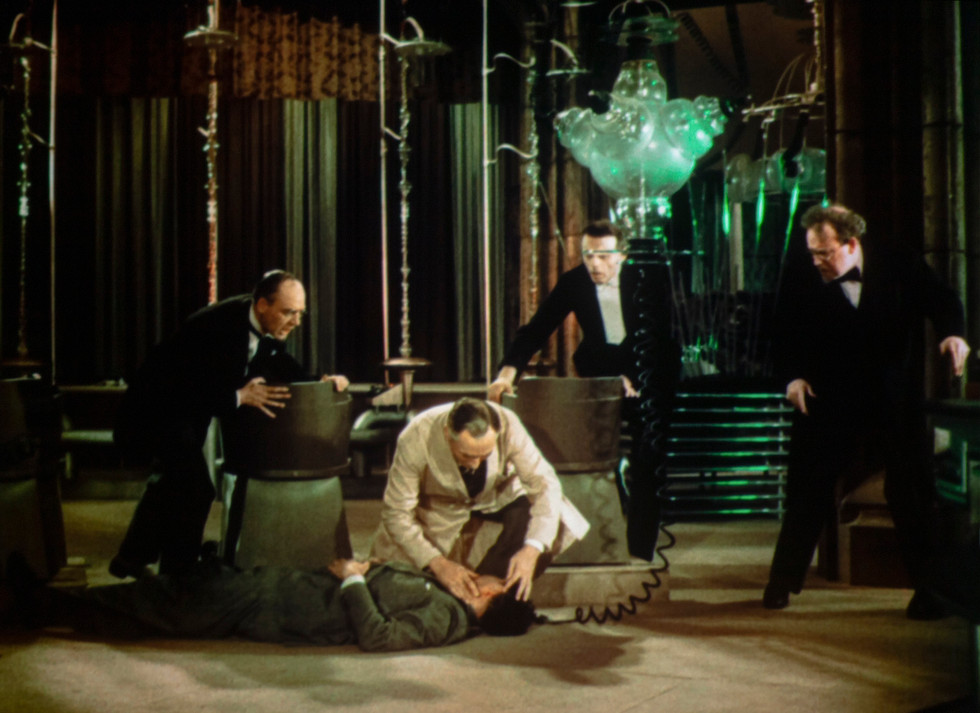











Dear Peggy, could you please correct Scott's title and the name of our institution on the following line? "...the other by Scott MacQueen, who runs UCLA’s Film and Television Archive." change to "...the other by Scott MacQueen, head of preservation for the UCLA Film & Television Archive." Many thanks, Marisa Soto, Marketing & Communication Officer, UCLA Film & Television Archive.